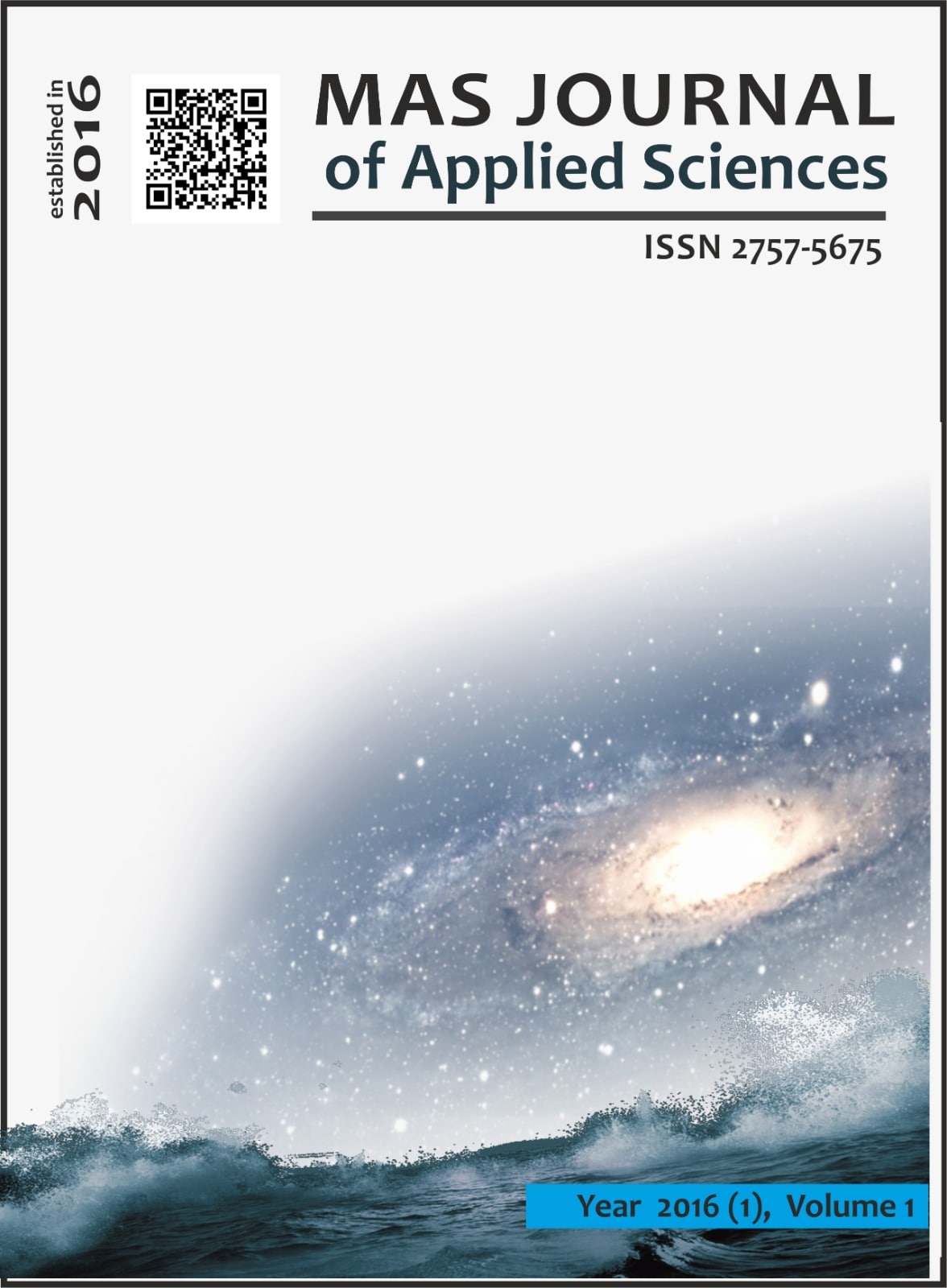FROM SPATIAL MOSAIC TO GLOBAL CITIES NETWORK
Keywords:
Geographic space, Spatial attitudes, Geographical scale, Network paradigm, Global citiesAbstract
Geographical sciences have been influenced by geographic scales, in addition to thescientific paradigms, epistemologies, and scientific methodologies that dominate all ages.Geographical scales have led geographers to understand the spatial phenomenon and theuniverse in general. This research, which aims to examine the evolution of geographic studiesbased on geographic scales with an analytical method and a historical perspective, tried toexplain the paradigm of networks affected by the age of globalization as a new approach ingeography in the form of global cities. The research results show that there are threegeographic approaches so far to understand spatial phenomena, based on geographic scales.Mosaic attitude, systemic attitude and network attitude. Almost each of these attitudesdominated geographic sciences in certain periods. Thus, the mosaic approach is older in timeand has become the dominant spatial paradigm in the analysis of geographic events, and thesystemic approach is associated with the second half of the twentieth century, and thenetwork approach has become a new paradigm in the last decade. It is formed and completedin the twentieth century and the first years of the third millennium. In the network paradigm,emphasis is placed on intercity relationships around the world. In this mosaic paradigm theemphasis is on country and international relations, and in the systemic paradigm, theemphasis is on transnational regions and parts of the world. Modern geography seems torequire all three approaches, and none alone can explain all the global facts.
Downloads
Published
How to Cite
Issue
Section
License
Copyright (c) 2016 The copyright of the published article belongs to its author.

This work is licensed under a Creative Commons Attribution-NonCommercial 4.0 International License.


